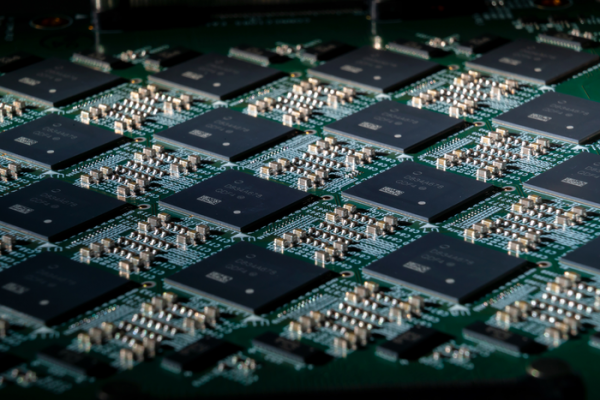For the first time TU Graz’s Institute of Theoretical Computer Science and Intel Labs demonstrated experimentally that a large neural network can process sequences such as sentences while consuming four to sixteen times less energy while running on neuromorphic hardware than non-neuromorphic hardware. The new research based on Intel Labs’ Loihi neuromorphic research chip that draws on insights from neuroscience to create chips that function similar to those in the biological brain.
The research was funded by The Human Brain Project (HBP), one of the largest research projects in the world with more than 500 scientists and engineers across Europe studying the human brain. The results of the research are published in the research paper “Memory for AI Applications in Spike-based Neuromorphic Hardware” which in published in Nature Machine Intelligence.
Human Brain as a Role Model
Smart machines and intelligent computers that can autonomously recognize and infer objects and relationships between different objects are the subjects of worldwide artificial intelligence (AI) research. Energy consumption is a major obstacle on the path to a broader application of such AI methods. It is hoped that neuromorphic technology will provide a push in the right direction. Neuromorphic technology is modelled after the human brain, which is highly efficient in using energy. To process information, its hundred billion neurons consume only about 20 watts, not much more energy than an average energy-saving light bulb.
Read more at Graz University of Technology
Image: One of Intel’s Nahuku boards, each of which contains eight to 32 Intel Loihi neuromorphic chips. (Credit: © Tim Herman/Intel Corporation)


